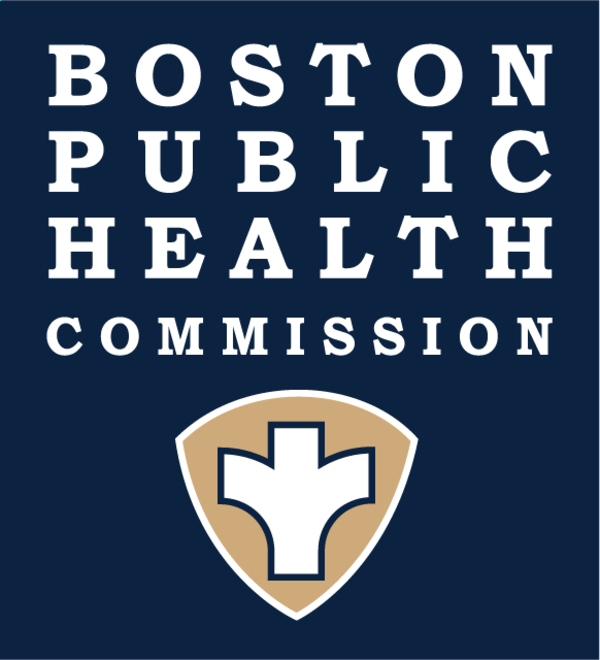Dog bite prevention
BPHC receives over 300 dog bite reports in the City of Boston every year.
Many of the victims are children, and the majority of these bites do not come from aggressive dogs. Any dog can bite, especially scared or startled dogs.
About
Who is most at risk for dog bites?
Children are the most at risk for dog bites. The rate of dog-bite–related injuries is highest in children 5 to 9 years old. Children are more likely than adults to receive medical attention for dog bites. Senior citizens are the second most common dog bite victims.
Where do dog bites happen?
Over half of dog-bite injuries occur at home with dogs that are familiar. The likelihood of a dog bite increases if there is a dog in the home. As the number of dogs in the home increases, so do the odds of a dog bite.
Did you know....
Approximately 4.5 million dog bites occur each year in the United States.
Preventing dog bites
Basic safety tips
Do:
- Remain motionless ("be still like a tree") when approached by an unfamiliar dog. Stay still and be calm
- Avoid direct eye contact with unfamiliar dogs
- Wait for the dog to pass
- If a dog knocks you over, curl into a ball with your head tucked and your hands over your ears and neck
- If you are a child, immediately let an adult know about stray dogs or dogs that are behaving strangely
Don't:
- Approach an unfamiliar dog
- Run from a dog
- Panic or make loud noises
- Disturb a dog that is sleeping, eating, or caring for puppies
- Pet a dog before asking its owner if it is okay
- Pet a dog without allowing it to see and sniff you first
- Encourage your dog to play aggressively
- Let small children play with a dog unsupervised
What if you get bitten or attacked by a dog?
- If possible, put your purse, bag, or jacket between you and the dog to protect yourself
- If knocked down, curl into a ball with your head tucked in and your hands over your ears and neck
- When you get to a safe place, immediately wash any wounds with soap and water
- Seek medical attention; you may need antibiotics or other treatment
- Be sure to seek medical care right away if:
- The wound is serious (uncontrolled bleeding, weakness, severe pain, muscle, or bone exposure)
- The wound becomes red, painful, warm, or swollen, or you develop a fever
- Although the risk is small, dogs can carry rabies. After a bite, contact your healthcare provider, Boston Animal Control at 617-635-5348 or the BPHC at 617-534-5611.
- After reporting an incident to BPHC or Boston Animal Control they will try to contact the owner. They will check that the animal has a current rabies vaccination.
What diseases can you get from dog bites?
Dog bites can not only cause injury but can also spread germs. Up to 18% of dog bites become infected. Over 60 different kinds of bacteria have can live in a dog mouth, but only a small number of these germs can make you sick.
Rabies is one of the most serious diseases people can get from dog bites. Getting rabies from a dog in the United States is very rare. Rabies is a virus that affects the brain and can be fatal. The most common way rabies spreads is through the bite of an infected animal. Vaccinating dogs can prevent rabies. In addition, people bitten by an animal with rabies should receive treatment immediately to prevent rabies.
Just like people, dogs are very good at communicating. It takes practice for people to understand what a dog's face and body are saying. Most people can recognize the signs of an aggressive dog that does not want to be touched (showing teeth, growling). However, many dog bites occur because people miss the signs that a dog wants to be left alone, even if the dog doesn't seem to be angry or upset. Some signs of a fearful or stressed dog that are easy to miss include:
- Head down, held low, or turned away
- Tail low, tucked between legs, or wagging weakly
- Mouth closed
- Ears held back or held low
- Hair raised on the back, especially near the tail
- Being stiff or tense all over, freezing or trembling
- "Whale-eyed," showing the whites of the dog's eye more than usual
- Repeatedly barking with short, high-pitched yaps or yelps
- Acting restless
- Trying to hide in or behind things
- Quick yawning
- Excessive drooling
- Not interested in food
- Shallow or rapid breathing
- Nervous behavior, like licking their lips or scratching like they have an itch
Additional resources
Dog bite prevention fact sheets
Dog bite prevention
Prevención de Mordeduras de Perro
Fason pou Anpeche Chen Mòde
Prevenção contra mordida de cão
预防狗咬
Phòng ngừa chó cắn
Kahortagga Qaniinyada Eyga
For more information, visit these websites:
Centers for Disease Control and Prevention
American Veterinary Medical Association
Dog Gone Safe




